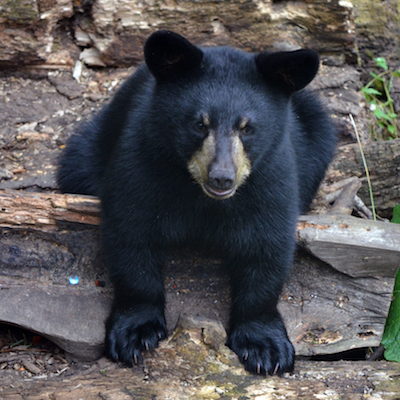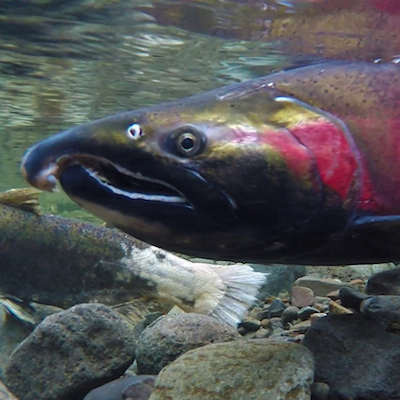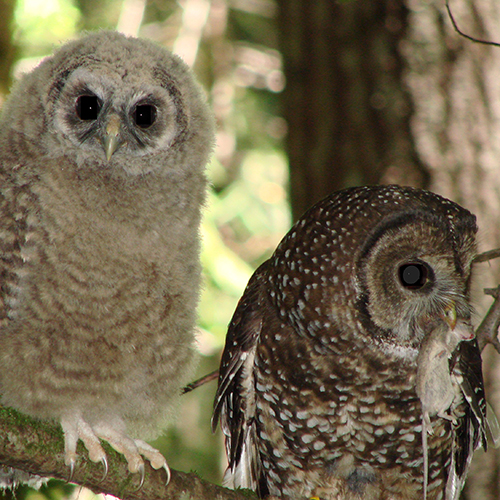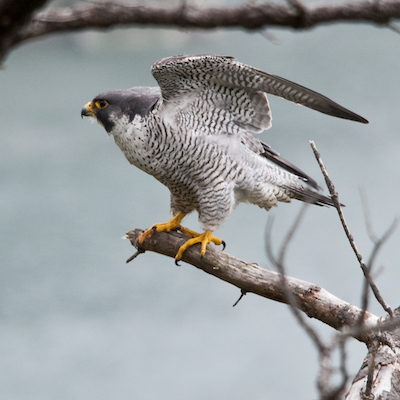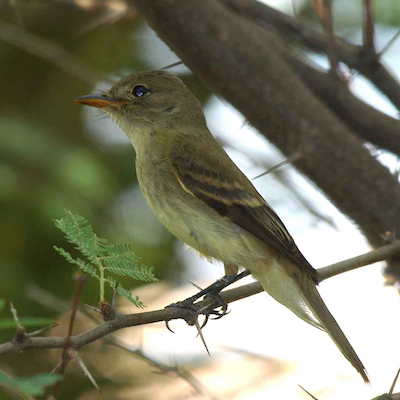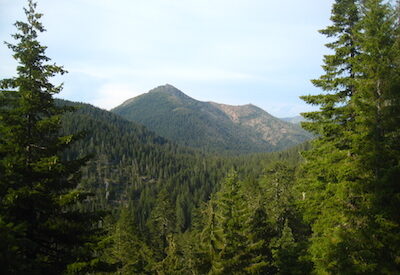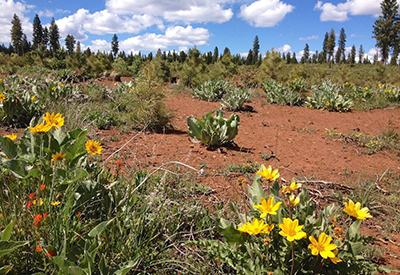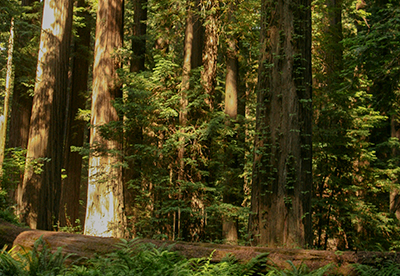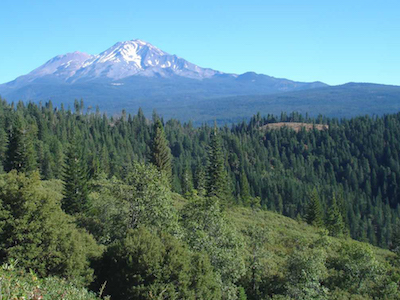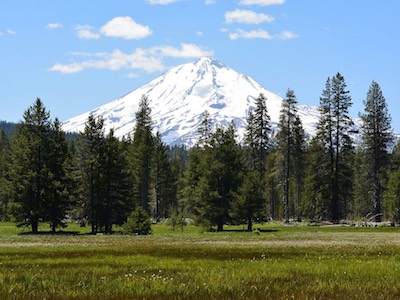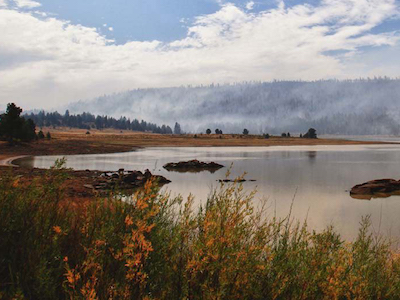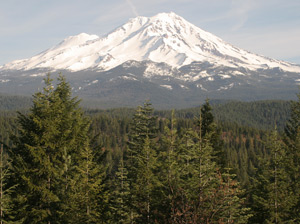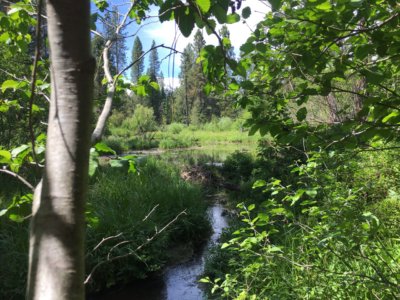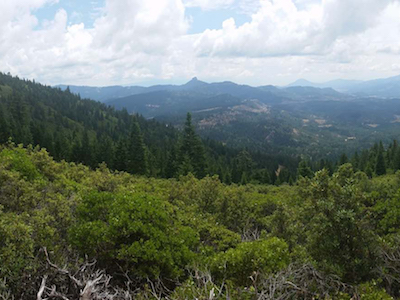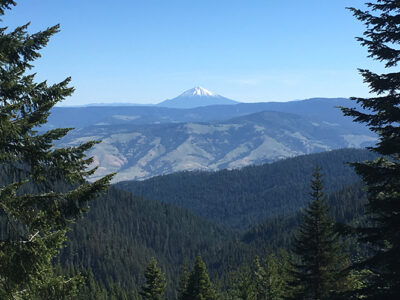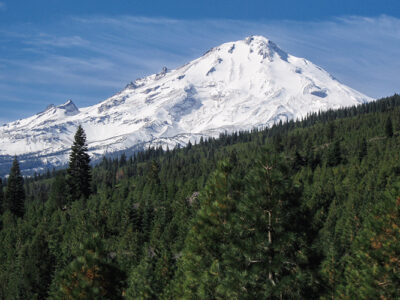The van Eck Forests
The Van Eck forests are living forest laboratories that demonstrate how natural forest management restores biological diversity, protects watersheds, creates measurable and impactful climate change solutions, and yields competitive economic returns, fine wood, and dependable jobs.
Fred M. van Eck believed in the synergy of optimizing economic and ecologic returns. An investment manager by trade, he also loved birds and other wildlife. Looking for ways to increase sustained returns from forestry and to promote native bird habitat, he elected to work with us to conserve and manage his forested land in California and Oregon. Following his instructions, in 2002, we were granted conservation easements and management responsibilities for these forests with the goal of demonstrating how landowners could, in fact, manage for both sets of returns, setting standards of excellence and innovation in forest management.
Today, the Van Eck properties are 9,400 acres of conserved, well-managed, highly productive forest. Managed under working forest conservation easements designed to restore and sustain old growth forest functions while producing sustainably harvested wood, we test out new forest management techniques and policy tools to enhance wildlife habitat, protect water supplies, and increase the forests’ capacity to sequester carbon dioxide (CO2) from the air. This work provides economic incentives and operational certainties for the landowners.
While the forests differ substantially in type and condition, both are being managed to restore more natural qualities, marketing both a variety of traditional and new forest products, from large dimension saw timber, pulp, and other materials, to the first regulatory compliance carbon offsets, to new tools for meeting Endangered Species Act goals. This management is yielding net increases in timber production as compared to standard even age forest management in addition to restored habitat condition. We have also seen an economic return from the conservation of these forests and the sale of carbon offsets, contributing to the operational certainty for the properties and supplementing the traditional returns on the sale of timber products.
“Reducing greenhouse gas emissions is in all of our best interests. Having the Pacific Forest Trust manage our forests for their climate benefits, as well as for sustainable timber harvest, is therefore something we’re proud to be doing.”
– Derek Van Eck, Chair, Van Eck Forest Foundation
The Van Eck Forest Project, developed on the California van Eck Forest, was the first emissions reductions project registered and independently certified under rigorous accounting standards adopted by the state of California to help meet its ambitious greenhouse gas reduction goals.
Two Forests with Tremendous Benefits
Both van Eck properties are economically self-sustaining, with revenues covering all operating expenses while returning income to the landowner to support research and graduate scholarships at Purdue University. The properties also provide local, sustainable employment for loggers, truck drivers, mill workers, timber cruisers, biologists and foresters, among others.
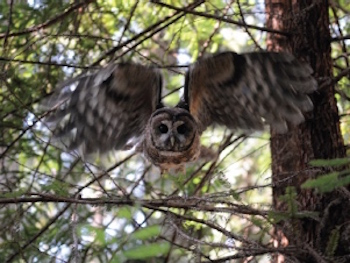
van Eck – California
The van Eck California Forest is 2,200 acres of working redwood forest in Humboldt County, California.
Ecological Benefits:
- Restores native redwood ecosystem
- Protects habitat, in particular for species dependent upon older growth forests such as the Northern Spotted Owl
- Enhances the forest landscape’s ability to absorb and store atmospheric carbon
- Verified and registered emissions reductions generated by the project represent the equivalent of taking 123,000 cars off the road for a year.
Economic Returns:
- The property earned $2M for the sale of 185,00 metric tons of registered emissions reductions (2005-2009)
- The property provides high-quality timber, yielding $3M from sustainable timber harvests (2005-2009)
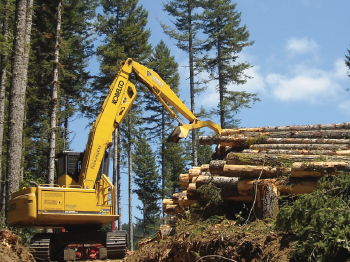
van Eck – Oregon
The van Eck Oregon Forest is 7,200 acres of Douglas fir and Western hemlock forest in Lincoln County, Oregon.
Ecological Benefits Include:
- Protects watershed quality
- Protects significant open space
- Protects habitat, in particular for species dependent upon older growth forests such as the Northern spotted owl
- Protects more than 20 miles of fish-bearing streams including salmon spawning beds
- Enhances the forest landscape’s ability to store atmospheric carbon
Economic Returns:
- Timber income alone over the next 30 years is expected to generate an internal rate of return between 5–8%
- Over the next 40 years, standing timber volume is expected to increase threefold, generating 95M board feet of timber

